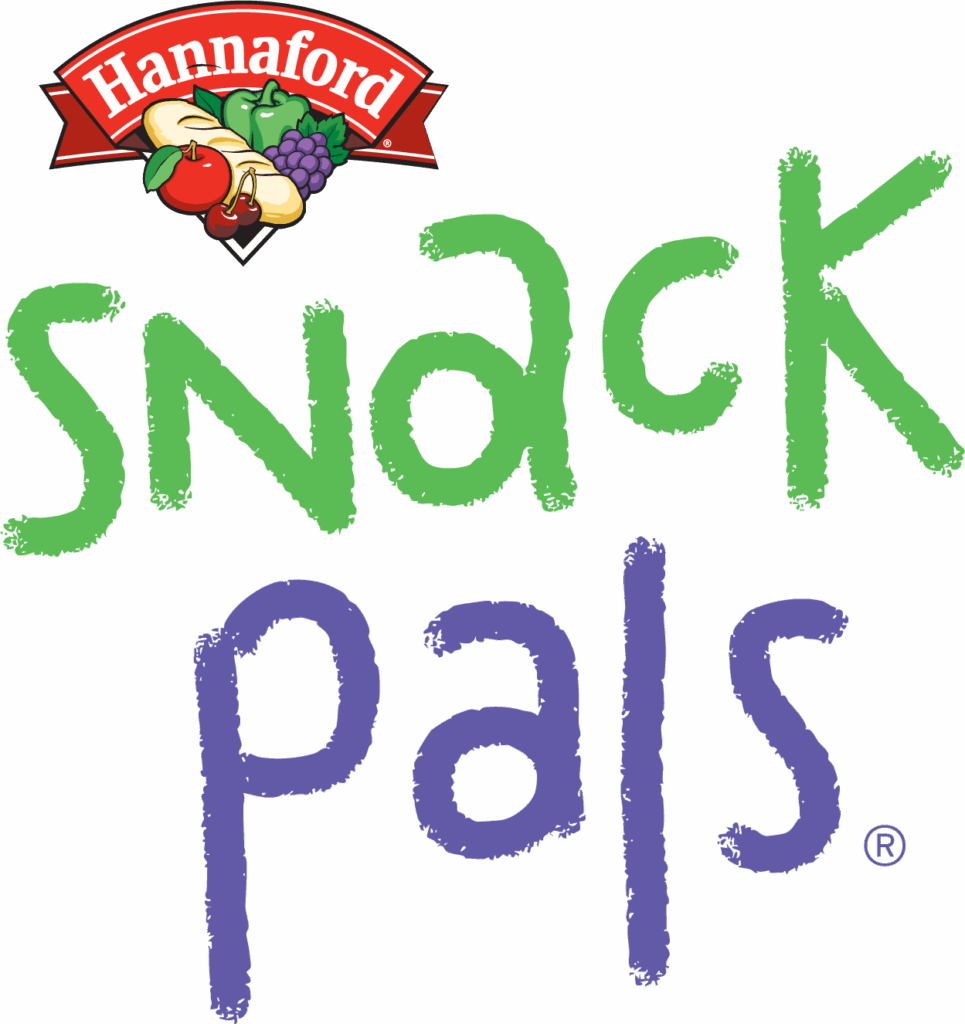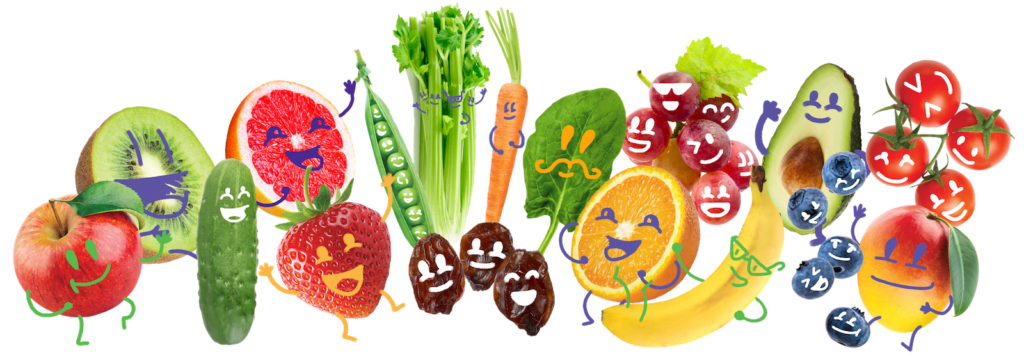Carrots Weren’t Always Orange
The vibrant orange carrots we know today didn’t exist until the 1600s. Originally, carrots came in shades of purple, yellow and white. Dutch farmers selectively bred them into the orange variety we now see most often, but all carrots—no matter their color—are packed with vitamin A, which supports eye health.
Watermelon Can Be Yellow
If you’ve ever sliced into a watermelon and found bright yellow flesh instead of red, don’t be alarmed! Yellow watermelons are just as sweet and hydrating as their more familiar counterparts, with a high dose of vitamin C to support your immune system. Their unexpected color makes them a fun and vibrant addition to any fruit platter.
Avocados Are Actually Berries
Although avocados don’t seem like it, they are technically classified as berries. They develop from a single flower and contain a seed, which fits the botanical definition. Whether you add to a dip, on a sandwich or toss in a smoothie, you’ll enjoy the creamy texture and reap the heart-health benefits.
Bananas Are Technically Herbs
It sounds odd, but bananas aren’t grown on trees. The banana plant is actually an herb because its stem lacks woody tissue. This means that every time you enjoy a banana, you’re technically eating part of one of the world’s tallest herbs.
Apples Float Because They’re Full of Air
Ever wondered why apples are the perfect fruit for bobbing? They’re made up of about 25% air, which makes them naturally buoyant. In addition to their floating abilities, apples are also a great source of fiber, making them a filling and nutritious snack.
Food Facts That Make Snacking More Fun
From surprising botanical classifications to unexpected colors, fruits and vegetables have plenty of hidden quirks. Knowing these little details not only makes healthy eating more interesting but might even inspire you to try something new. So next time you reach for a snack, remember—there’s always more to your food than meets the eye!


